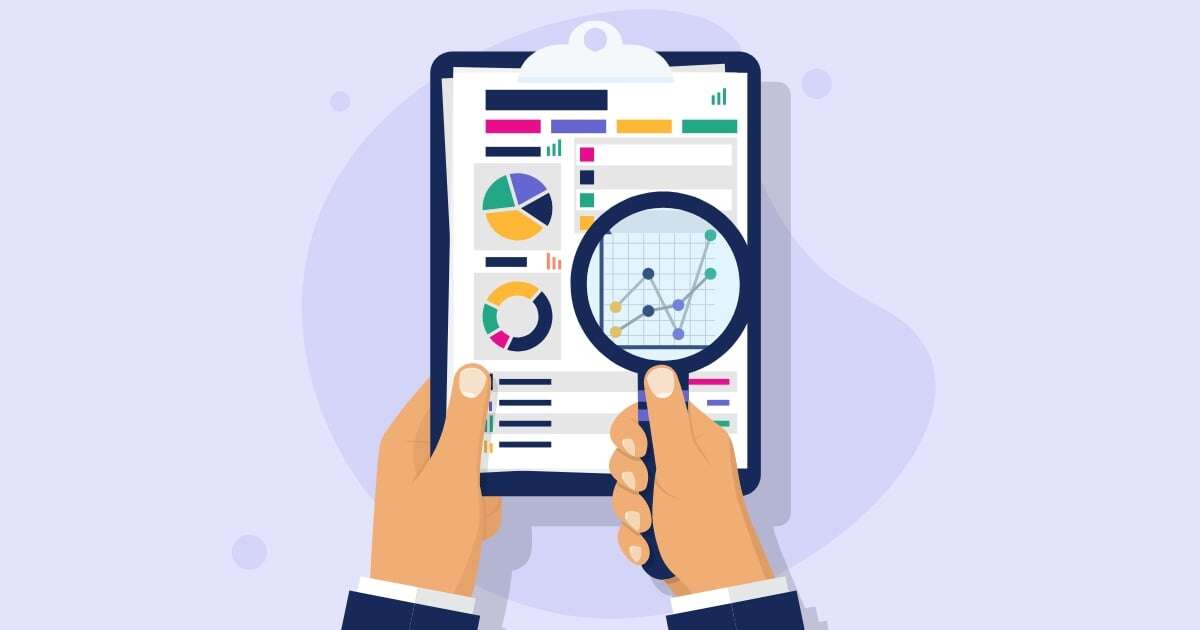As any financial expert will tell you, an organization's budget must be closely reviewed to ensure that funds are appropriately managed and spent. Third-party vendors play an essential role in an organization's business strategy, so it’s vital to monitor vendor spend. This blog will review some of the top reasons why it's essential to monitor vendor spending and ways to approach the process.
3 Common Reasons to Monitor
Many vendors in an organization's inventory will provide products or services on a recurring basis. As the needs of the organization change over time, it makes sense that the vendor spend may fluctuate.

Here are a few reasons why it's essential to monitor your vendor spend or cost:
- Manage budget: Monitoring your vendor spend is a core component of managing your organization's overall budget. It's necessary to identify and understand all business expenses so adjustments can be made when needed.
- Identify labor inefficiencies: It may be helpful to evaluate your vendor spend alongside the return on investment (ROI). A high vendor spend, but low ROI may indicate some labor inefficiencies that you need to address.
- Protect against concentration risk: If you identify a vendor with a high dollar spend, it's essential to know what products and services they provide. If a single vendor provides multiple products and services, there may be an increased concentration risk. How would your organization be impacted if the vendor fails or suffers a prolonged outage? Remember the old adage: "don't put all your eggs in one basket," that advice applies to vendors too.
2 Standard Monitoring Techniques

Now that you understand why you need to monitor vendor spend, let's take a look at the different ways to do so. You'll typically have the following options:
- Create an Accounts Payable report: This is probably the simplest way to regularly review and compare your vendor spending. However, this option likely won't give you data analytics and it will require more effort to make changes when vendor spending fluctuates.
- Software: Third-party risk management systems that can capture and report vendor spend data to save valuable time. They also allow you to review the vendor spend against other relevant aspects of the relationship including risk and performance.
Vendor Spend Concerns and Next Steps
Monitoring your vendor spend isn't just about knowing your costs and identifying risks or inefficiencies. It's also important to know how to act on the information you obtain. Here are some potential issues to consider when evaluating your vendor spend:
- Spending is inconsistent or unpredictable. Suppose you notice significant spend fluctuations with a particular vendor. In that case, you should investigate the cause. While some mild variability isn’t necessarily problematic, spending that goes up and down, like a yo-yo, can indicate poor planning. Keep in mind that poor planning can occur on the organization’s side or the vendor's side.
- Spending is increasing. If you've noticed that you're spending more on a vendor, it's essential to determine why. Has the vendor increased the costs of their products or services? Or, is your organization spending more to keep up with your business needs? Make sure you understand the reason behind an increase in spending to evaluate how this affects your bottom line.
- Spending is conflicting with the contract. Vendor spend that exceeds the agreed-upon costs or volumes anticipated in the contract is a red flag. Review invoices to look for work not authorized by the contact. And, validate the scope and scale of the work to determine if the business issued verbal or other non-contractual change orders.
While spend is only one aspect of vendor value, it's important to validate that your vendor delivers against your expectations per the contract. The products and services delivered should be effective and efficient. Not only does monitoring vendor spend help you identify potential issues that could be costing your organization money, it also adds another dimension to overall vendor performance.






.gif?width=1920&name=Sample-Graphic-Animation%20(1).gif)





